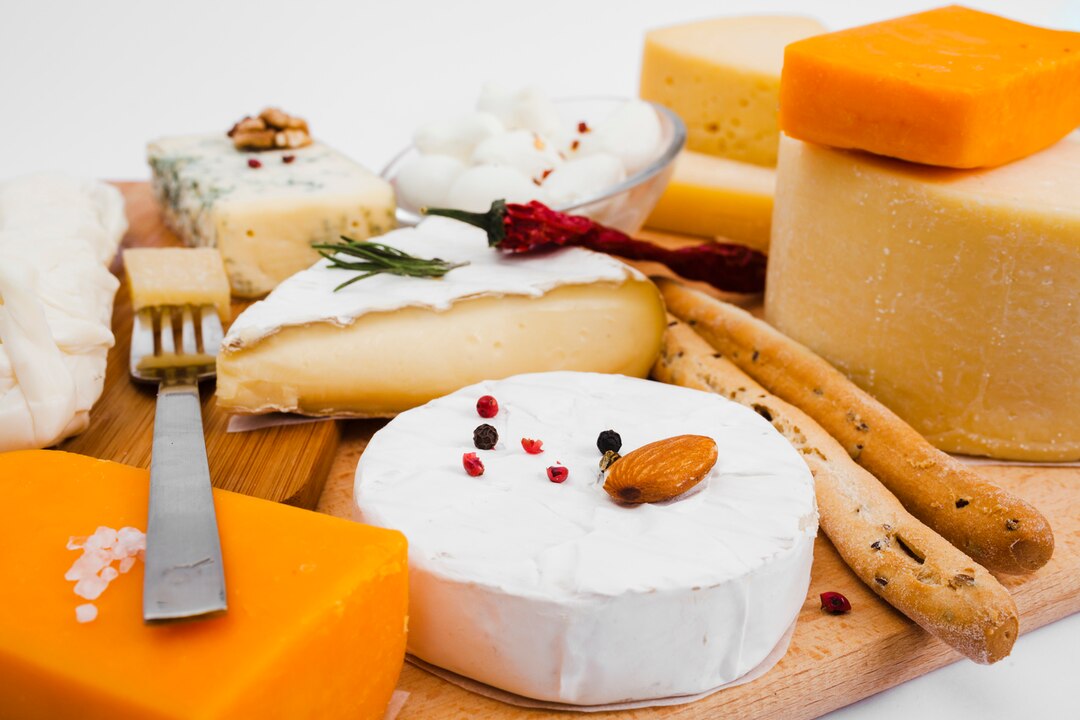Cheese has been a staple in many cultures for centuries, with its rich history and diverse varieties. The process of creating cheese, known as cheese making, is both an art and a science that involves the transformation of milk into a variety of textures and flavors. From farm to table, the journey of cheese is one of skill, patience, and attention to detail. Here’s an overview of the intricate and fascinating process of cheese making.
1. The Milk: The Foundation of Cheese
The cheese-making process begins on the farm, where the quality of milk is crucial. Cheese can be made from the milk of cows, goats, sheep, or even buffalo, each bringing its own unique flavor and texture to the final product.
- Milk Quality: High-quality, fresh milk is essential for producing great cheese. The milk must be free from contaminants, with an ideal balance of fat and protein to create the desired texture and taste.
- Farm-to-Table Connection: Many artisanal cheeses are made with milk sourced from small, local farms where animals are treated humanely and allowed to graze on pasture. This contributes to the flavor profile of the cheese, as the milk reflects the diet and environment of the animals.
2. Coagulation: Turning Milk Into Curd
The next step is coagulation, where the milk is transformed into curd.
- Adding Rennet: The milk is heated, and rennet (an enzyme derived from the stomachs of young ruminants or plant-based alternatives) is added to curdle the milk, separating it into curds (solid) and whey (liquid).
- Cultures and Bacteria: Special bacterial cultures are also introduced to the milk to start fermentation. These cultures help develop the flavors of the cheese and can vary depending on the cheese type being made. Some cheeses, like cheddar, use specific bacterial strains to create their distinctive sharpness, while others, like brie, rely on molds to develop their unique textures and flavors.
3. Cutting and Cooking the Curd
Once the curds have formed, they are cut into smaller pieces to help release the whey. The size of the curd pieces affects the texture of the cheese, with smaller curds leading to firmer cheeses and larger curds resulting in a creamier texture.
- Cooking and Stirring: The curds are gently cooked and stirred to further expel whey and encourage the curds to firm up. The temperature and time during this step are crucial, as they influence the final texture and moisture content of the cheese.
4. Pressing the Curd
After cooking, the curds are placed in molds and pressed to remove excess whey and shape the cheese. The amount of pressure applied, as well as the duration, determines the cheese’s density and texture.
- Cheese Presses: A cheese press helps shape the curds into the desired form, whether it’s a round wheel, block, or other shape. Hard cheeses, such as gouda or parmesan, are pressed more heavily, while softer cheeses, like brie or camembert, are lightly pressed to maintain their creamy texture.
5. Salting and Aging
Once the cheese has been pressed and shaped, it’s time for salting. Salt not only enhances the flavor but also acts as a preservative and helps in the aging process.
- Salting Methods: Some cheeses are rubbed with salt, while others are soaked in brine. The salting method affects the texture and flavor development of the cheese.
- Aging: Cheese is then aged in special conditions, such as a cheese cave or a controlled environment, to allow the flavors to develop further. The aging process can last anywhere from a few weeks to several years, depending on the cheese. Soft cheeses, like ricotta or cream cheese, are typically eaten fresh, while hard cheeses like cheddar or grana padano are aged to intensify their flavors and texture.
6. From Farm to Table
Once cheese has aged to perfection, it’s ready to be enjoyed. The cheese-making process has brought it from the farm to the table, where it can be savored in a variety of ways.
- Cheese Varieties: There are hundreds of types of cheese, each with unique textures, flavors, and aging processes. From the creamy richness of brie to the nutty sharpness of parmesan, cheese offers endless possibilities for pairing with wine, bread, fruits, and other foods.
- Artisanal Cheese Makers: Many cheese makers use traditional methods passed down through generations, crafting small-batch cheeses that showcase the terroir, or the environment in which the milk is produced. These artisanal cheeses are often sold at local markets, in specialty food stores, or directly from the farm, creating a direct link between cheese makers and their customers.
The art of cheese making is a delicate balance of science and tradition, requiring skill, patience, and an understanding of the raw ingredients. From the care of animals on the farm to the intricate techniques of coagulating, pressing, salting, and aging, each step plays a crucial role in the creation of this beloved food. Cheese, in all its forms, offers a rich and varied experience that connects us to the land, the animals, and the artisans who craft it. Whether you’re enjoying a simple slice of cheddar or a carefully aged gouda, every bite is a testament to the timeless art of cheese making.








